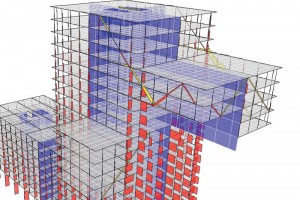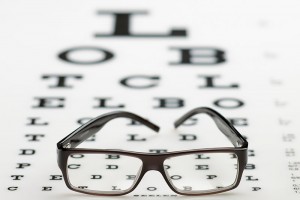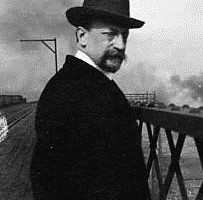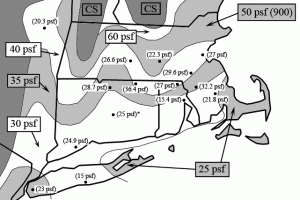Modjeski, (ne. Rudolphe Modrzejewska) was born in Cracow, Poland on January 27, 1861. His mother was an internationally known actress who encouraged him to become a concert pianist. But, at an early age, he determined he would become a civil engineer. His family came to the United States to attend the Centennial Celebration in Philadelphia and start an orange farm near Anaheim, California. His mother continued her acting career and Modjeski attended schools in the San Francisco area for a short time. In 1878, Ralph went to France to prepare for study at the École des Ponts et Chaussés, one of the leading schools of Civil Engineering in Europe. After failing admission on his first attempt, he was accepted and graduated in 1885 at the top of his class. Shortly after, he returned to the United States. …








